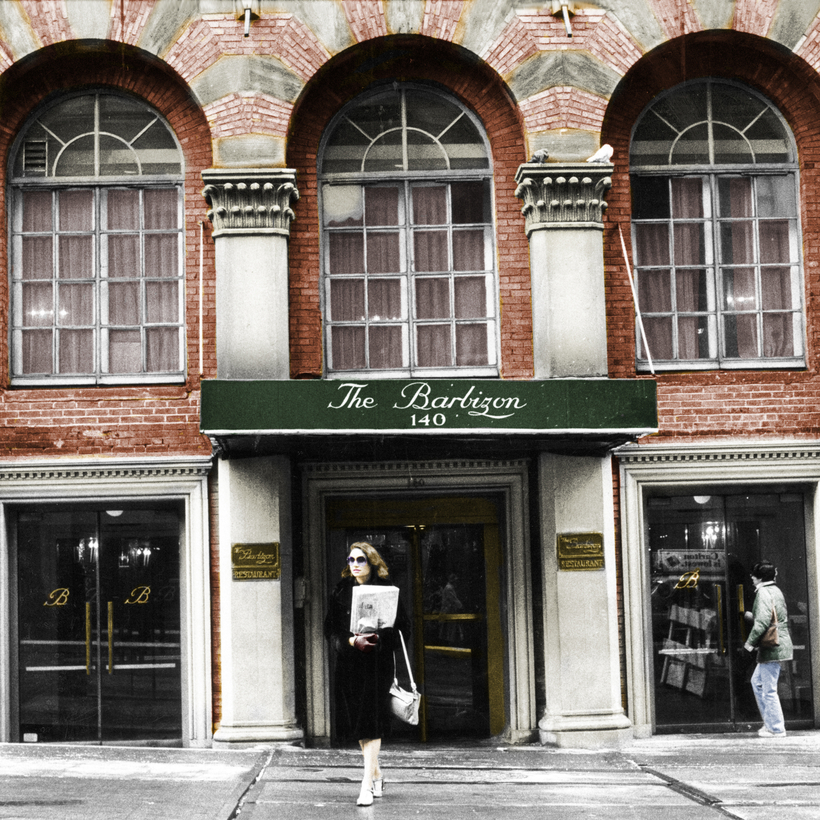The Barbizon Hotel opened its doors in 1928, just in time to welcome the last of the frolicking flappers before their candle was snuffed out by the Great Depression. The 1920s, in fact, saw the construction of several Art Deco, skyscraper-size residential hotels built for the thousands of women, post-suffrage, who were flooding Manhattan for jobs and independent lives (however short-lived).
While originally envisioned as a place for young women with artistic inclinations, the Barbizon, on Manhattan’s Upper East Side, became a safe landing for women of every ilk. Fully hatted and gloved, dressed in their Sunday best with suitcases in hand, streams of young women arrived at the doors of the Barbizon asking for a room, and many of them would become famous. Grace Kelly, Liza Minnelli, Jaclyn Smith, Joan Didion, Meg Wolitzer, and Betsey Johnson were all guests at the Barbizon. Another guest was Sylvia Plath, the gifted poet who was still full of promise when she ended her life in her kitchen, with the oven open and the gas turned on.

She was just 20 when she stayed at the Barbizon, and blended right in with the other young women in her orbit of middle-class, white college coeds with an obsession for fashion and magenta lipstick. They shared the same sunny smiles intended to win over men, the same passions for literature, poetry, and daydreaming. But perhaps more intensely than the others, Plath wrestled with two illicit emotions—ambition and lust.
Plath arrived at the Barbizon in May 1953, as a Mademoiselle magazine-contest winner—one of 20 young “guest editors.” This was also the summer in which the scandalous Kinsey Report came out. Based on thousands of interviews with women much like Plath, the book, titled Sexual Behavior in the Human Female, offered a thorough accounting of pre-marital sex, adultery, faked orgasms, and lesbian flings in contemporary America. Mademoiselle’s formidable editor in chief, Betsy Talbot Blackwell, weighing whether to publish an article about it, decided to deploy that summer’s guest editors as guinea pigs.

On June 18, after a group trip to Mr. John’s millinery, the young editors were summoned back to the magazine’s offices and told to go nowhere and speak to no one until they had written their own reports on “the Report.”
When I found this archival cache, I expected also to find spilling across the page Plath’s bristling desire and her indictment of society’s demands that she keep it under wraps. Instead, Plath offered up the driest of assessments. She failed to summon the courage to say what she really thought—that would have to wait until she published The Bell Jar, a strikingly accurate novel based on her time in New York in 1953. In it, she renamed the Barbizon the Amazon and herself Esther Greenwood. Esther would say what Sylvia had failed to that evening on June 18: “I couldn’t stand the idea of a woman having to have a single pure life and a man being able to have a double life, one pure and one not.”
I had always been told that Plath was brilliant, but, put in the context of her times, she was also very ordinary. The writer Mary Cantwell, Plath’s contemporary and later an editor at Mademoiselle, noted how even the most ambitious young women among them could not hold off the inevitable suburbs, marriage, and white picket fence, how they all sported the same pageboy haircuts (Plath’s was a dazzling blond version) and lavishly spritzed themselves with Arpège perfume. Plath did not have an easy time of it that summer at the Barbizon, and she was no more able to resist the pressures of the era than those around her. Mademoiselle never published the article on the Kinsey Report.
Paulina Bren teaches international studies, women’s studies, and media studies at Vassar College. The Barbizon: The Hotel That Set Women Free is out now from Simon & Schuster

